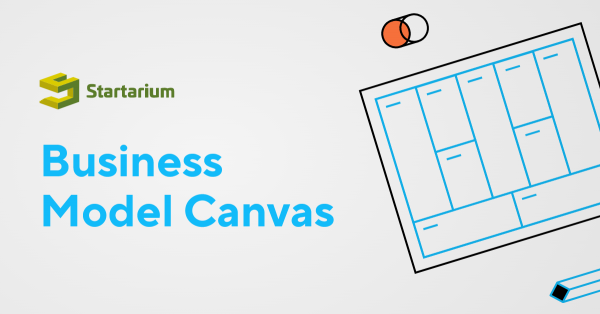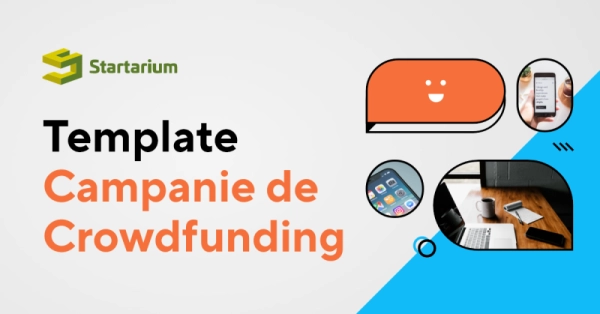Digital marketing is described as the use of a variety of digital methods and platforms to reach out to clients where they spend the majority of their time: online. There's a range of strategies that fit under the name of "digital marketing," from the website itself to a business's online branding assets — digital advertising, email marketing, online brochures, and beyond.

Here's a breakdown of some of the most typical digital marketing methods, as well as the channels that each one uses.
SEO (Search Engine Optimisation)
This is the process of boosting the quantity of organic (or free) traffic to your website by optimizing it to "rank" higher in search engine results pages. Websites, blogs, and infographics are among the mediums that profit from SEO.
There are several approaches to SEO that may be used to create quality visitors to your website. These are some of them:
- On-page SEO: When looking at a website, this sort of SEO focuses on all of the content that is "on the page." You may answer queries for readers and rank better on the search engine results pages (SERPs) by studying keywords for their search volume and intent (or meaning).
- Off-page SEO: When it comes to optimizing your website, this sort of SEO focuses on everything that happens "off the page." "What activities that aren't on my own website might have an impact on my ranking?" You could inquire. Inbound links, often known as backlinks, are the answer. How highly you rank for the keywords you care about is influenced by the number of publishers who link to you and their respective "authority." You may get the backlinks you need to advance your website up the correct SERPs by networking with other publications, producing guest articles on their websites (with a link back to your website), and creating external attention.
- Technical SEO is concerned with the backend of your website and the coding of your pages. Technical SEO techniques such as image compression, structured data, and CSS file optimization may all help your website load faster, which is a key ranking factor for search engines like Google.
Content Marketing
This word refers to the production and marketing of content assets in order to increase brand exposure, traffic, lead generation, and customer acquisition. The following are some of the channels that may be used in your content marketing strategy:
- Articles on a company blog: Writing and publishing articles on a company blog helps you exhibit your industry expertise while also driving organic search traffic to your website. As a result, you'll have more chances to convert website visitors into sales leads for your sales staff.
- Ebooks and whitepapers: Ebooks, whitepapers, and other long-form information can help website visitors learn more. It also lets you to trade content for a reader's contact information, creating leads and guiding individuals through the buyer's journey for your business.
- Infographics: Readers want to be shown rather than told. Infographics are a type of visual material that aids website visitors in visualizing an idea you'd like them to understand.
Social Media Marketing
This method uses social media to promote your brand and content in order to raise brand recognition, drive traffic, and create leads for your company. You can utilize different channels for social media marketing: Facebook, Twitter, LinkedIn, Instagram, Snapchat, Pinterest, etc.
If you're new to social media, there are a number of platforms that can help you link social media sites like LinkedIn and Facebook in one location. This allows you to effortlessly plan content for several channels at the same time, as well as track metrics from the platform.
Pay per Click (PPC)
PPC is a strategy of increasing website traffic by paying a publisher each time your ad is clicked. Google Ads is one of the most prevalent forms of PPC. It allows you to pay for top spots on Google's search engine results pages by paying "per click" for the links you put. PPC can also be used in the following channels:
- Paid Facebook ads: Here, users may pay to personalize a video, picture post, or slideshow, which Facebook will then post to the newsfeeds of individuals who fit your company's target demographic.
- Twitter: Users may pay to have a series of posts or profile badges placed in the news feeds of a certain audience, all with the objective of achieving a specific goal for your business. This objective may be increased website traffic, increased Twitter followers, increased tweet interaction, or even app downloads.
- LinkedIn: Members may pay to send messages directly to select LinkedIn users based on their industry and background using Sponsored Messages on LinkedIn.
Affiliate Marketing
This is a sort of performance-based advertising in which you get compensated for promoting the products or services of others on your website.
Affiliate marketing allows anyone to earn money by advertising the products and services of others. You might be the promoter or a company that collaborates with the promoter, but the process is the same in both cases.
It operates on a revenue-sharing basis. If you're an affiliate, you'll get paid every time someone buys the product you're promoting. You pay the affiliate for every sale they assist you to make if you're the merchant.
Some affiliate marketers choose to focus on a single company's items, possibly on a blog or other third-party site. Others have many merchant links.
The first stage, whether you want to be an affiliate or locate one, is to establish a relationship with the other party. You can either launch or join a single-retailer program or use a platform that connects affiliates with merchants.
There are numerous things you can do as a store to make your affiliate program interesting to potential promoters if you wish to deal directly with affiliates. You'll have to give those affiliates the tools they need to be successful. This includes rewards for excellent performance, as well as marketing assistance and ready-made products.
Native Advertising
Native advertising is marketing disguised as native advertising. Its purpose is to blend in with the information around it, making it less noticeable as advertising.
Native advertising was developed in response to today's customers' aversion to advertisements. Many customers will assume that an ad is prejudiced if the creator pays for it to appear. As a result, they will disregard it.
A native ad avoids this prejudice by providing information or amusement before going into any commercial content, thereby minimizing the "ad" component.
It's critical to accurately mark your native adverts at all times. Use phrases like "sponsored" or "promoted." If those signs are hidden, readers may spend a large amount of time engaging with the content before realizing it is advertising.
Consumers will feel more positive about your content and brand if they know exactly what they're getting. Native advertisements are intended to be less intrusive than standard ads, but they are not intended to be misleading.
Marketing Automation
Marketing automation is a type of software tool that is used to fuel digital marketing efforts, increasing their efficiency and relevance. It enables businesses to meet the demand for customization. It enables businesses to:
- Gather and analyze customer data to create marketing strategies that are more focused.
- Send and post-marketing messages to the appropriate audiences at the appropriate times.
- Prospect engagement (or lack thereof) with a given message is used by many marketing automation solutions to determine when and how to contact them next.
Because of this level of real-time customization, you can design a personalized marketing approach for each consumer without investing any more time.
Email Marketing
The idea behind email marketing is simple: you send a promotional message to your prospect and hope that they click on it. The execution, on the other hand, is far more difficult. First and foremost, be certain that your emails are wanted. This entails having an opt-in list that complies with the following criteria:
- Individualizes the material in the body as well as the subject line.
- Indicates the type of emails the subscriber will receive.
- Provides a simple way to unsubscribe.
- Both transactional and promotional emails are integrated.
You want your prospects to think of your campaign as a valuable service rather than merely a marketing tool.
Thus, in an email marketing campaign, you could send the following sorts of emails:
- Newsletters for blog subscribers.
- Emails sent to website visitors who have downloaded something.
- Emails of welcome to customers
- Members of loyalty programs are eligible for holiday incentives.
- For customer nurturing, send out a series of emails with tips or something similar.
It may be even better if you use additional tactics like marketing automation, which allows you to segment and schedule your emails to better match the demands of your customers.
Inbound Marketing
Inbound marketing is a marketing strategy that involves attracting, engaging, and delighting consumers throughout the buyer's journey. Every digital marketing method described above may be used as part of an inbound marketing strategy to create a customer experience that works with, not against, the consumer. Here are some classic inbound marketing vs. conventional marketing examples:
- Pop-up advertisements vs. blogging
- Commercial advertising vs. video marketing
- Email spam vs. email contact lists
Sponsored Content
You pay another firm or organization to generate and promote material that mentions your brand or service in some way through sponsored content.
Influencer marketing is a prominent sort of sponsored content. A brand funds an influencer in its sector to produce articles or videos linked to the company on social media using this form of sponsored content.
A blog post or article intended to emphasize a topic, service, or brand is another example of sponsored content.























